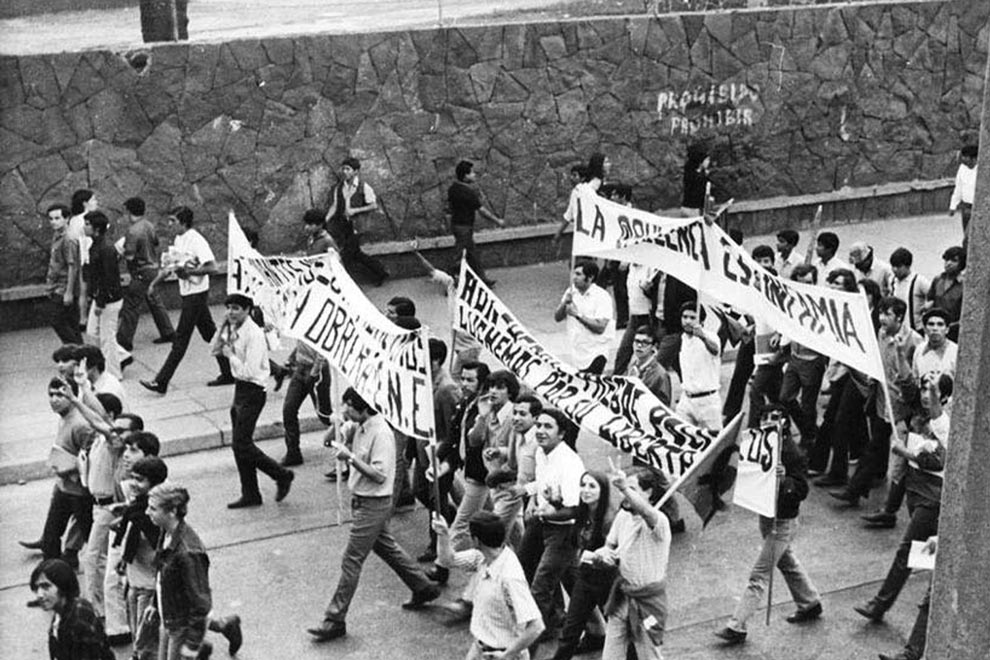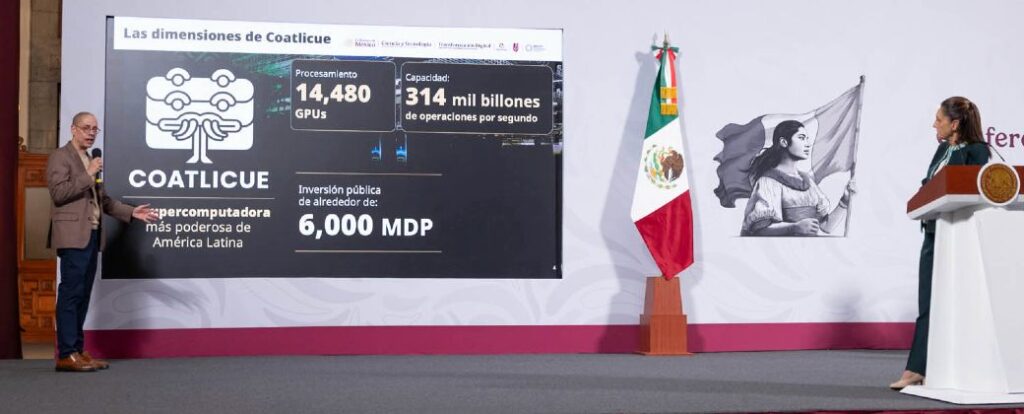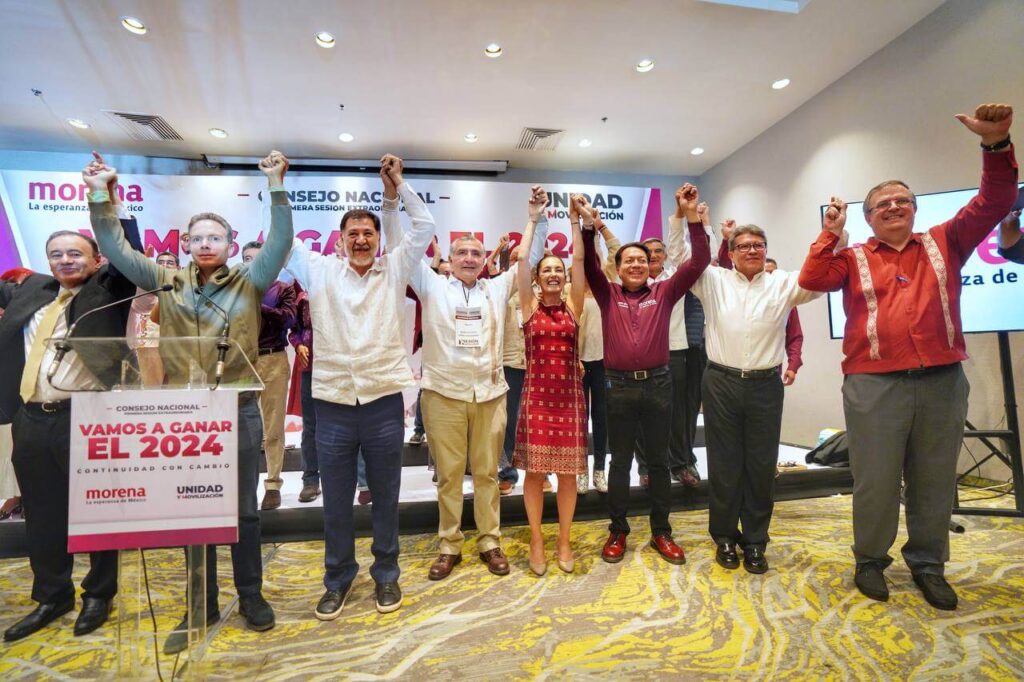Mexico City, Mexico — Student movements throughout Mexico mobilized on Monday to commemorate the 53rd anniversary of the Corpus Christi Massacre (also known as El Halconazo), one of the most brutal abuses of State power, which has gone largely unpunished to this day.
In response to a massive student mobilization on June 10, 1971, at the height of Mexico’s Dirty War, the government of then-President Luis Echeverría dispatched state-sponsored paramilitary forces to quell the protests, resulting in the killing of over 100 demonstrators.
The dual names of the massacre derive from Los Halcones (The Falcons), the state-sponsored paramilitary group, and Corpus Christi because the massacre took place amid the Catholic festivities of the Eucharist.
Fifty-three years on, El Halconazo remains a grim reminder of the violence governments can inflict upon their people.
In Mexico City, students, teachers, survivors of the massacre, and a number of collectives took to the main avenues of the country’s capital in the direction of the city’s main square, in front of the National Palace, the presidential seat.
The streets made way for those marching for the crisis of missing persons that totals more than 113,000 disappearances and other victims of state crimes, such as the relatives of the 43 students of Ayotzinapa who disappeared at the hands of the military and organized crime in 2014.
The student movement during Mexico’s Dirty War
Mexico’s Dirty War, which took place from the 1960s through 1980s, was fought between United States-backed governments of the Institutional Revolutionary Party (PRI) and left-wing student movements and guerilla militias.
Student groups were pushing for more autonomy in universities, which at the time were under centralized, government control.
A little under three years before El Halconazo, on October 2, 1968, the Mexican military opened fire on a large group of protesters in the Tlatelolco neighborhood of Mexico City, killing as many as 300 protestors. The Tlatelolco massacre, as it came to be known, had forced student protestors — for a time — to refrain from holding large demonstrations.
In June 1971, student groups in the northeastern state of Nuevo Leon began to reinitiate their public demonstrations for university autonomy, beginning, once again, a mass mobilization of Mexico’s youth.
In Mexico City, as many as 10,000 young people took to the streets in support of their fellow students to the north. By that time, President Luis Echeverría — who had served as the Minister of the Interior during the Tlatelolco massacre and who has since been fingered as one of its intellectual authors — had prepared a violent response to quell the renewed student movements.
The Falcons
Los Halcones (The Falcons), according to Mexico’s National General Archive, was a paramilitary group created in the late 1960s by Mexico City Regent Alfonso Corona del Rosal and Colonel Manuel Díaz Escobar Figueroa, deputy director of the Directorate of General Services of the Department of the Federal District (DDF).

Image credit: Wikimedia Commons
Research from the Autonomous University of Mexico (UNAM) indicates that the government recruited low-income youths with military backgrounds to attack and dismantle the leftwing demonstrations around the city.
The paramilitary group was also rumored to have been trained by the Central Intelligence Agency (CIA). A US embassy cable sent days after the Halconazo cites early media reports linking the group to the CIA.
Read more: President Luis Echeverría Álvarez: A legacy of human rights abuse and ties to the CIA
On June 10, the men that were dispatched to quell the protests were reportedly armed with bamboo sticks and batons in addition to M2 rifles and .45 caliber handguns.
The Falcons chased and beat student demonstrators, and clashes between the two sides escalated, with gunfire echoing throughout parts of Mexico City. The protestors, in some cases, were hunted down at hospitals and safe houses and executed.
According to a document later uncovered from the Federal Directorate of Security (DFS), 38 protestors were killed and 62 disappeared during the clashes, with human rights groups estimating over 120 people killed in all.
The Aftermath
Following the massacre, the government had blamed the students for the violence, reporting that the killings were the result of confrontations between themselves. However, journalistic investigations disproved the government’s official version and ignited inquiries into what had really transpired.
Although the government eventually accepted the existence of The Falcons, it was discovered that military and government officials involved in the Tlatelolco massacre were also involved in the violent repression during El Halconazo.
No significant arrests were made against prominent figures nor against President Echeverría, who was acquitted of genocide in 2006 after a federal judge ruled no evidence linked him to the Tlatelolco or Halconazo massacres.









